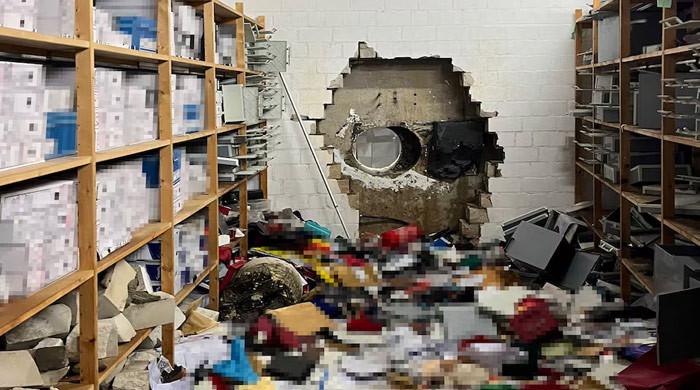Algae: A magic climate solution?
Best way to use algae is also the simplest: pure CO2 sequestration, which means to capture and store carbon dioxide
November 30, 2021
Algae is as old as 3.5 billion years, but scientists are only just figuring out its true and revolutionary potential: to mitigate climate change.
Ocean algae absorb one quarter to a third of global CO2 emissions every year.
At present, algae are being farmed and used in toothpaste, medications and cosmetics. But now there is talk of using algae as animal feed, fertiliser, and bioplastic to divert emissions from polluting industries.
For some scientists, algae can replace plastic. As algae naturally contain and produces a bioplastic called “PHB”.
By using engineering techniques, PHB can be produced to replace polypropylene, the second most widely used traditional plastic, experts say.
PHB disintegrates under normal, household conditions and releases no pollutants.
Another amazing property of algae is that when Asparagopsis taxiformis, a species of red algae, is added to animal feed it reduces methane from livestock by up to 82%. Meanwhile, scientists are also suggesting the use of algae as fertilizers to enrich the soil. The result is fruits and plants being more resistant to stress and disease.
But the best way to use algae is also the simplest: pure CO2 sequestration, which means to capture and store carbon dioxide.
Algae naturally fall to the bottom of the ocean when it dies and there it stores its CO2 sequestration.
“If we want to enhance the amount of carbon that is actually sequestered … then we will actively need to bail [algae], compress it and actively sink it,” Mar Fernandez-Mendez, a marine ecologist, tells DW. This means adding weights and using pumps to send algae to the bottom of the ground.
For example, sargassum, a brown seaweed that floats in the ocean, accounts for 7% of the CO2 absorbed by all the oceans. But due to global warming and pollution, sargassum is growing out of control. Huge amounts are washing up yearly in the Caribbean and the Gulf of Mexico, rather than simply disintegrating.
This is contaminating the water, killing animals and destroying coral.
“At this quantity, these mats of sargassum are basically death stars,” said Jorge Vega Matos, vice president C-Combinator.
To successfully farm algae, at the end of the day, will require a lot of infrastructure, funding and will.
— Thumbnail image: AFP









